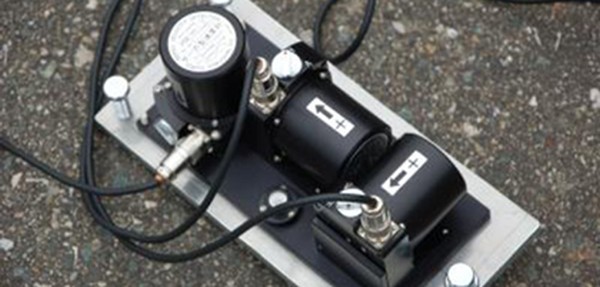No equipment yet to monitor earthquakes
Source: The Sangai Express
Imphal, April 26 2015 :
Even though Manipur is located in one of the five zones which are prone to earthquakes, the Government has no equipment to monitor earthquakes and seismic microzonation that would identify which places of the State are more vulnerable to earthquakes.
Talking exclusively with The Sangai Express, Manipur University Seismological Observatory scientist Dr S Manichandra said there is no equipment of the State Government other than the equipment installed at Manipur University.
But the equipment installed at Manipur University would be taken away once the ongoing project expires.
Given Manipur's location in high seismic zone, it is essential to procure necessary monitoring equipment as well as seismographs in all districts of the State.
This would not cost much money.
|
The process of seismic microzonation has been already completed for Guwahati and the same process has been initiated in Nagaland too.
However, the process of seismic microzonation is still kept in abeyance in Manipur.
Seismic microzonation would be very helpful in identifying places where high-rise buildings can be constructed and where such constructions would not be advisable.
In the event of any major earthquake in Manipur, the valley would tremble more than the hills because of the difference in soil textures.
Accordingly, casualties and destructions would be higher in the valley, Dr Manichandra said.
There are records that sands were ejected at Kangla when a major earthquake shook Shillong in 1837 .
Construction of buildings quite close to each as seen at Imphal city today is quite risky because when there is any major earthquake, the buildings would toss against each other which would only multiply the earthquake's destructive power.
There was not much destruction when an earthquake which scaled 7.8 on Richter's Scale shook Manipur with its epicentre at Kumbi Heikak Khullen in 1957.In case, earthquakes of such magnitude occur now, it would be highly devastating and deadly, Dr Manichandra warned.








